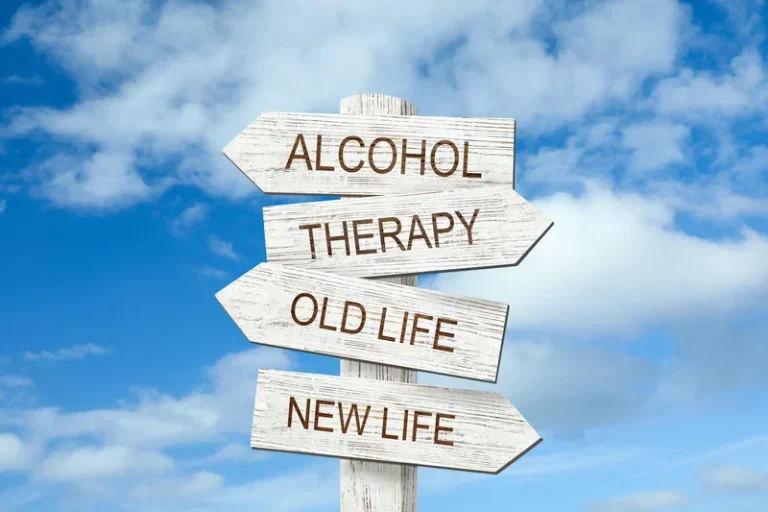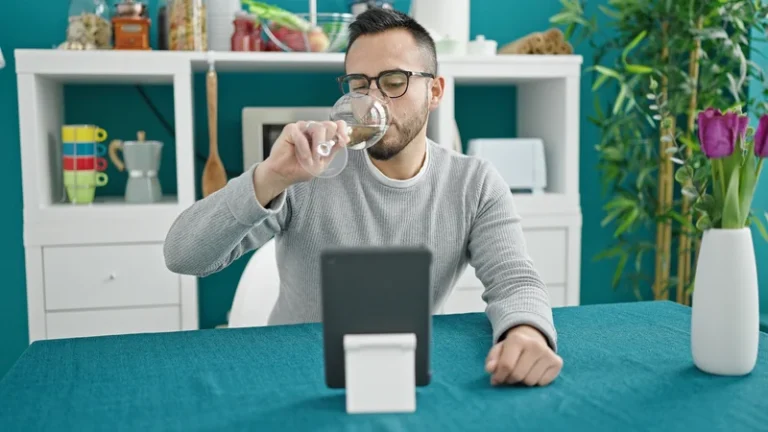
Any drink that is high in sugar and sodium increases the likelihood of inflammation and redness in the face. The second primary reason an alcoholic’s face will appear swollen or puffy comes from the secondary effect of weight gain that alcoholics often experience. It also increases your appetite, diminishes satiety (the feeling of fullness from food), and gives you a higher preference for salty and fatty meals. Medicines that disguise the symptoms of alcohol intolerance may make you feel like you can drink more than you should. The Dietary Guidelines for Americans defines “moderate” drinking as up to one drink a day for women and up to two drinks a day for men. It’s important to know that therapies to help flushing don’t address the ALDH2 deficiency.
- Long-term, heavy drinking can even lead to hair thinning and loss, especially in people who are malnourished from consuming almost all of their calories from booze.
- Heavy drinking is defined as 8 or more drinks per week for women and 15 or more drinks per week for men.
- Many outpatient programs require clients to attend five or more sessions a week, with sessions lasting up to eight hours a day on a daily basis, Monday through Friday.
- It’s best to drink water before, during, and after drinking alcohol.
- Losing valuable fluid and nutrients from your body can lead to wrinkled, dry, puffy or just generally unhealthy-looking skin.
Is a Red Face from Drinking Alcohol Dangerous?

This occurs when your body breaks down alcohol and creates acetaldehyde. Acetaldehyde makes your body release histamine, which enlarges your blood vessels (known as vasodilation). If you’re suffering with alcohol flush reaction, identify your limit and avoid exceeding it why do alcoholics have a red face as much as possible. That may mean bidding adieu to your favorite drinks, so try this delicious watermelon mocktail in the meantime. Alcohol also causes peripheral vasodilation, a process where blood vessels widen, which can lead to the dilation of facial capillaries.
Liver & Gallbladder Health
And as tolerance builds, they’ll begin to drink more and more to achieve the same buzz or high they’re used to. Jaundice can be a physical sign of liver problems, where the skin takes on a yellowish-brown tone due to high levels of bilirubin. While many things could lead to you developing jaundice, a common cause is high levels of alcohol consumption. It relaxes the muscles in your body including the tissue in your throat, mouth and nose, which can stop air flowing smoothly and is more likely to vibrate, causing you to snore.
- Get a free initial assessment with a therapist, to help you take the first step towards recovery.
- Additionally, alcohol flush can also spark a migraine, adding an additional layer of discomfort.
- This may result from alcohol preventing DNA from repairing correctly.
Facial Flushing and Redness From Alcohol Consumption
But esophageal varices are prone to rupture, and when they do, the alcoholic can bleed to death. Later, it can cause fatigue, bleeding and bruising, itchy skin, yellow discoloration of the skin and eyes and fluid accumulation in the abdomen known as ascites. Fluid buildup in end-stage liver disease is a particularly ominous sign. Fifty percent of patients with ascites typically die within two years if they don’t have a liver transplant.

While it may help you fall asleep, when you drink a lot of alcohol close to bedtime, you can reduce and change the sleep stages which are necessary for good health. Sleep is important for our health and well-being, in fact, we can’t live without it. Alcohol interferes with the normal sleep process, so you feel much less rested than you normally would.

The more water you drink, the less likely you are to become dehydrated, which significantly decreases the chances of your face becoming red. Research shows that drinking more water also helps get rid of puffy eyes and dry skin. Alcohol consumption leads to excessive capillary dilation, causing them to become damaged or broken. Over time, the damaged capillaries rise closer to the surface of the skin, resulting in a red face. Much like raised capillaries, it’s also common for blood vessels to swell when a person excessively consumes alcohol. The alcohol will even break down collagen inside the veins, resulting in spider veins, which tend to be blue, purple, and red in color.

Alcoholics can usually reverse the symptoms of dark circles around the eyes, facial puffiness, and dry skin simply by avoiding alcohol. All of these symptoms will reverse as the person’s liver function starts to improve. However, if liver functionality is permanently damaged by cirrhosis and jaundice sets in, there’s a good chance the facial redness and changes won’t go away. People of Japanese, Chinese, and Korean descent are more likely to have alcohol flush reaction. At least 36 percent, and perhaps up to 70 percent, of East Asians experience facial flushing as a response to drinking alcohol.

- “They are less likely to drink alcohol because of how it makes them feel,” he says.
- In some parts of the world – particularly the USA – it’s known as “Asian flush” or “Asian glow”.
- Early intervention can prevent further damage and address potential underlying health issues related to alcohol abuse.
- Also, alcohol can cause the release of histamine in the body, which can also make your face turn red.
- While rhinophyma is often dubbed “alcoholic nose,” the reality is that it’s a type of rosacea — meaning that heavy drinking isn’t actually linked to it.